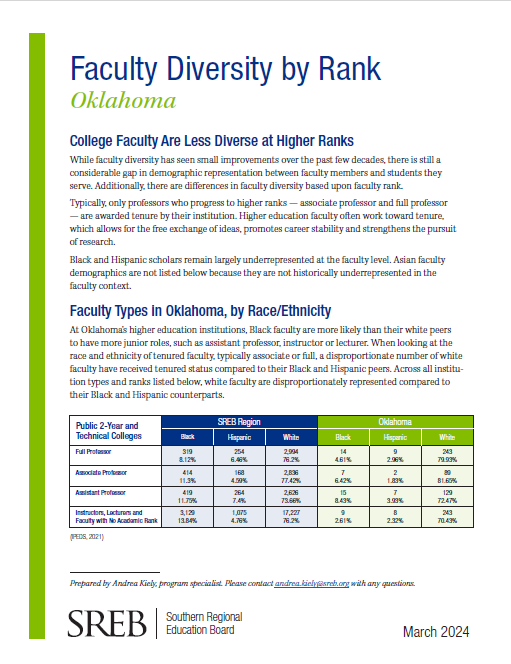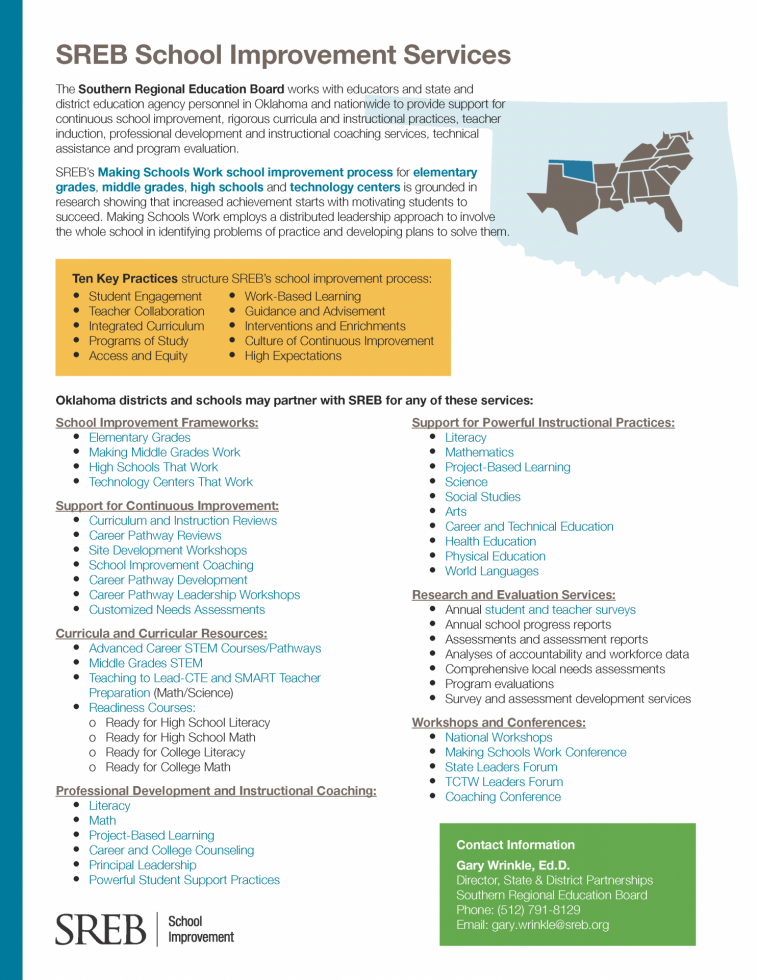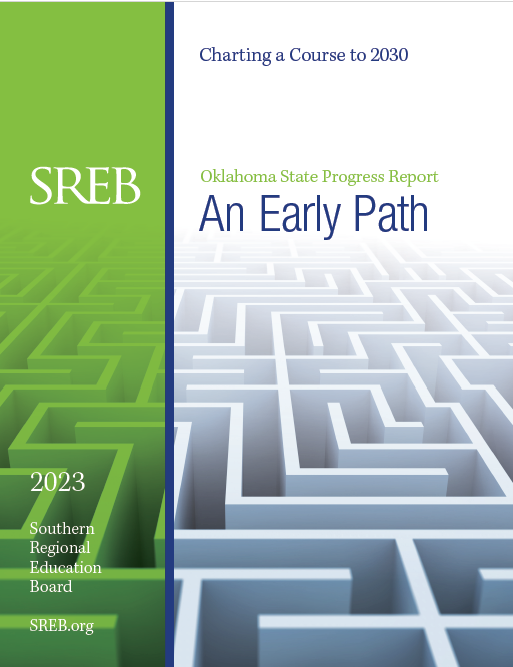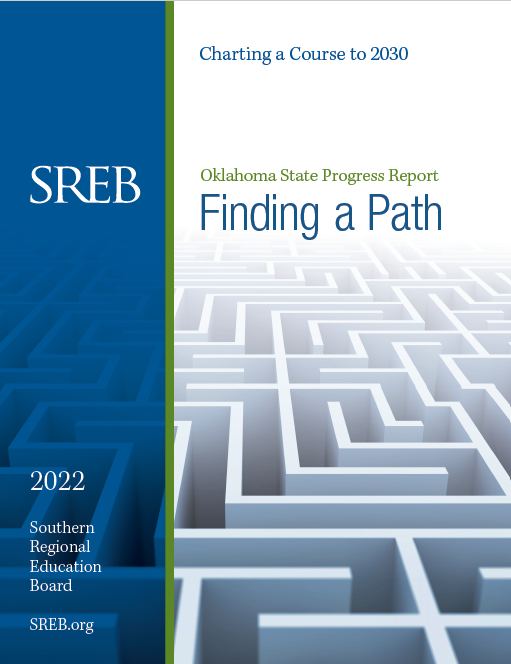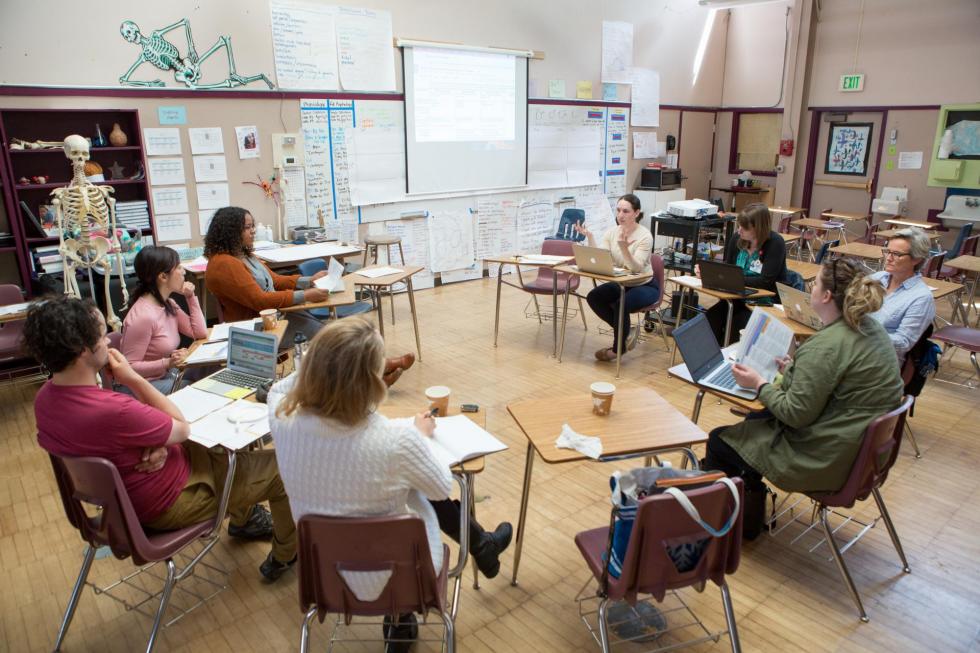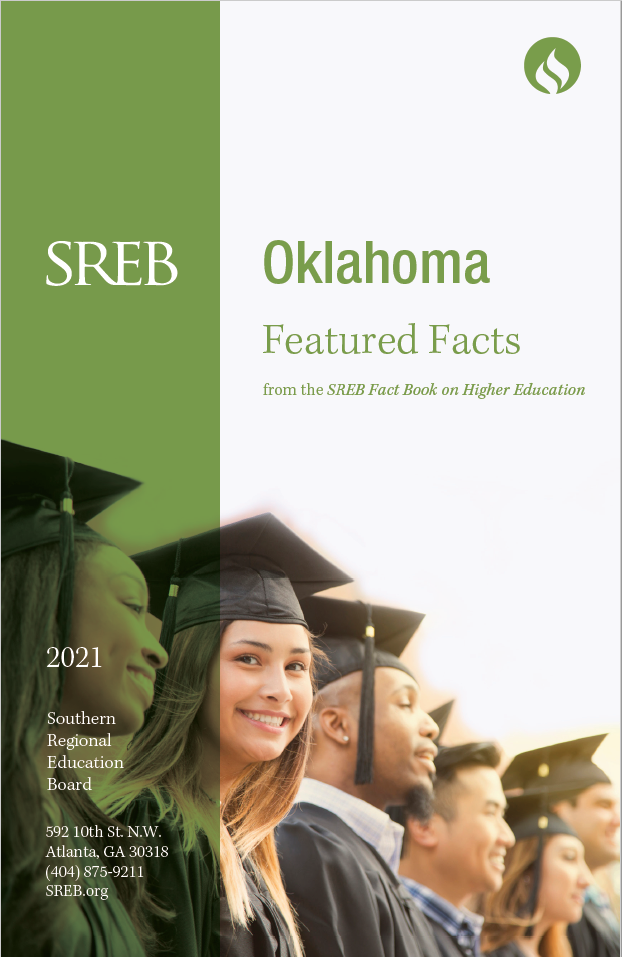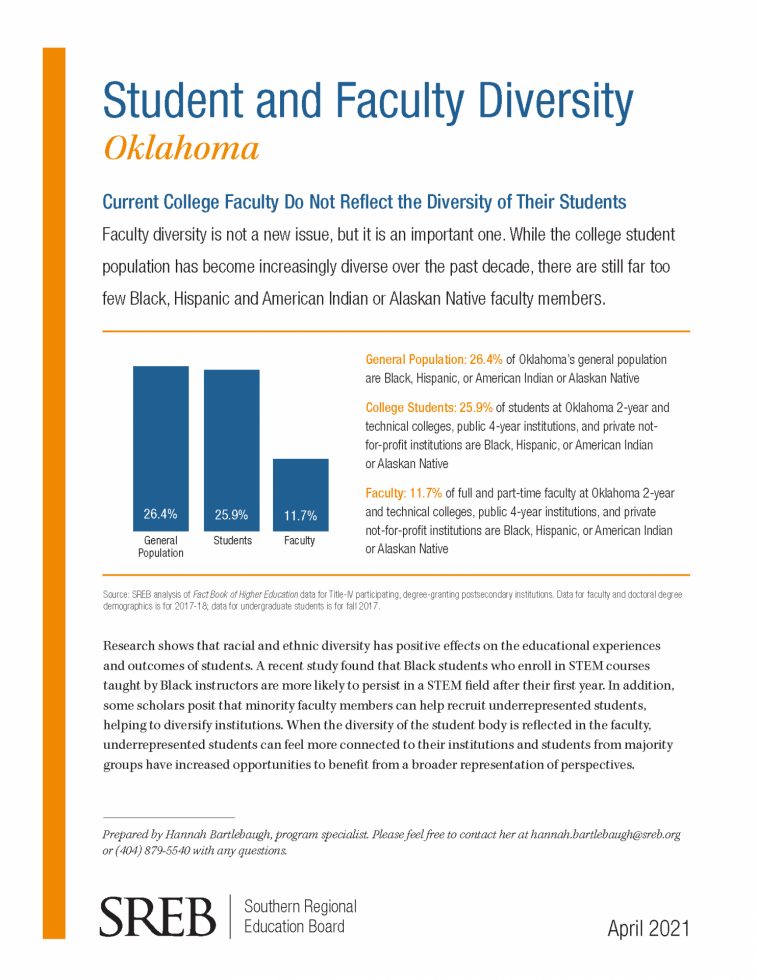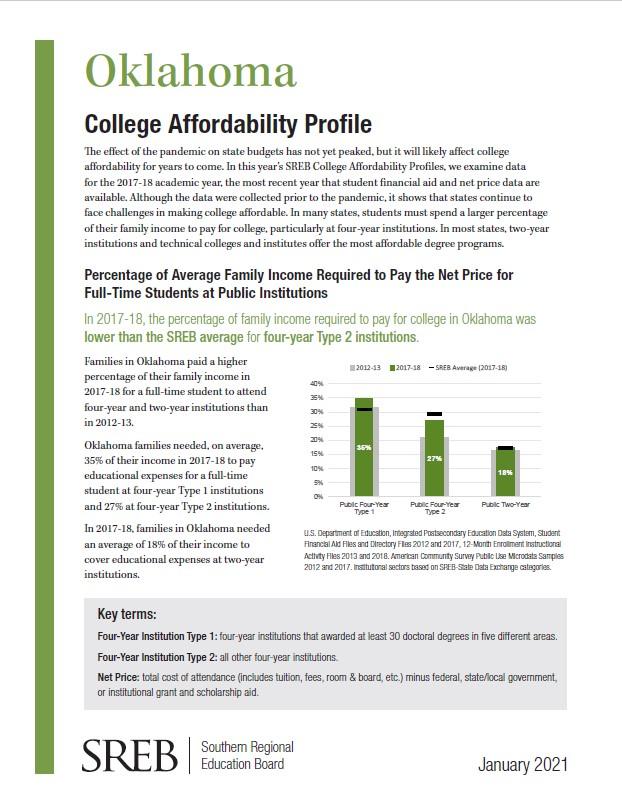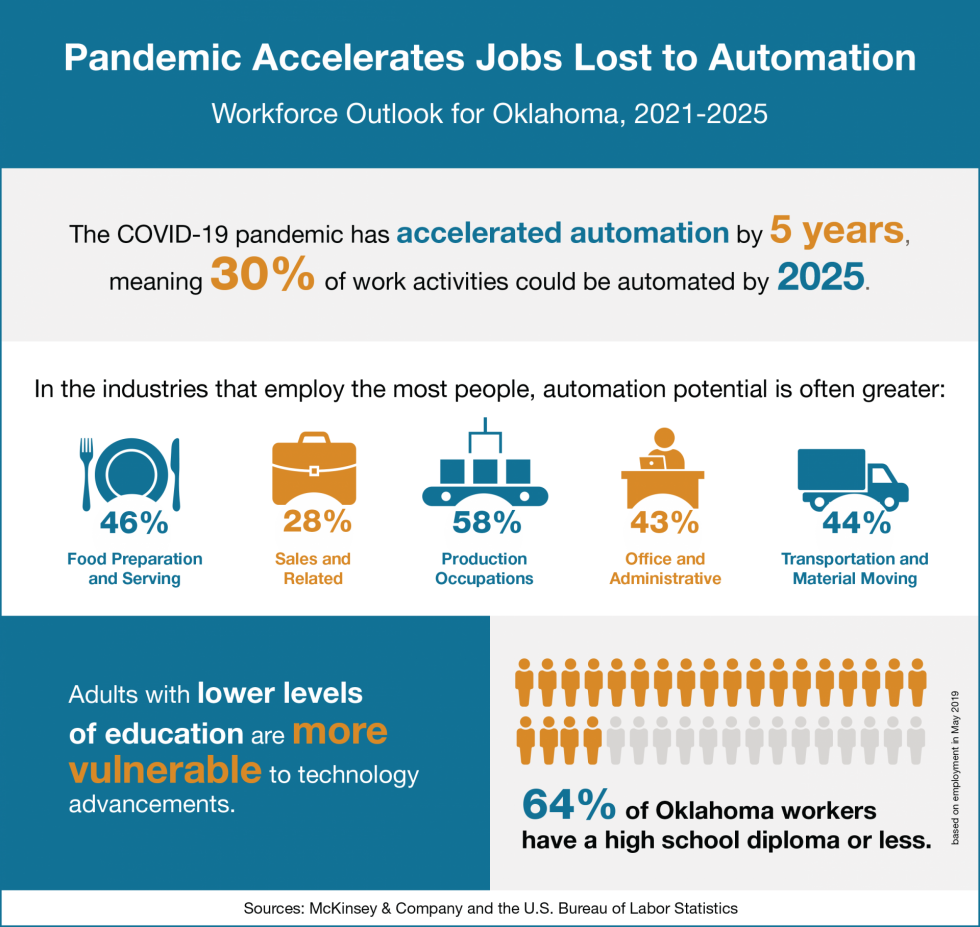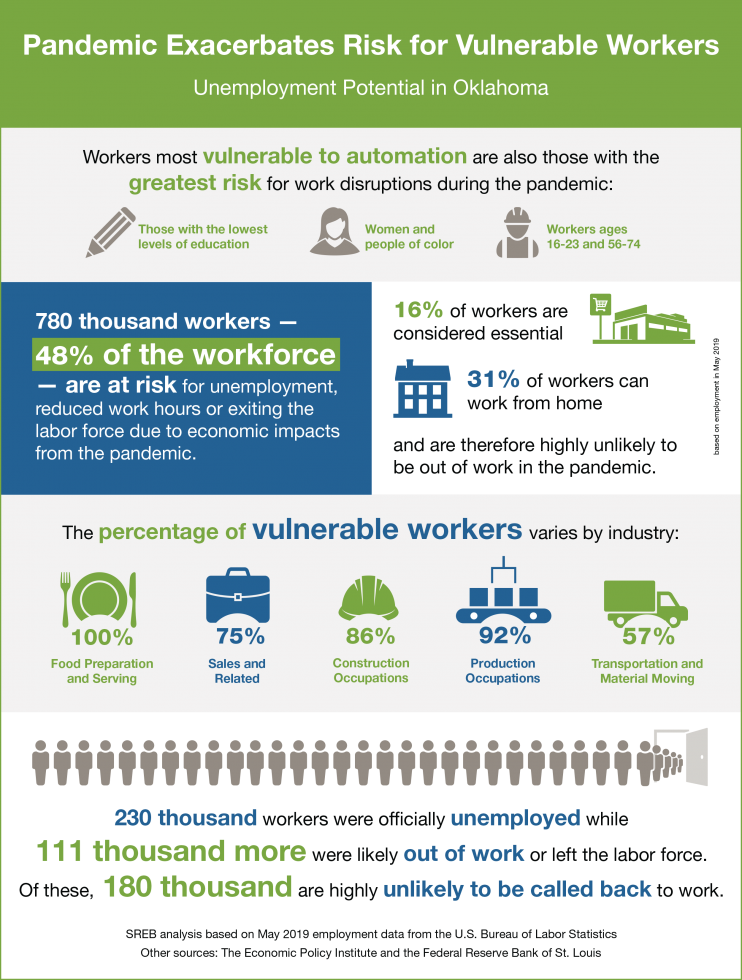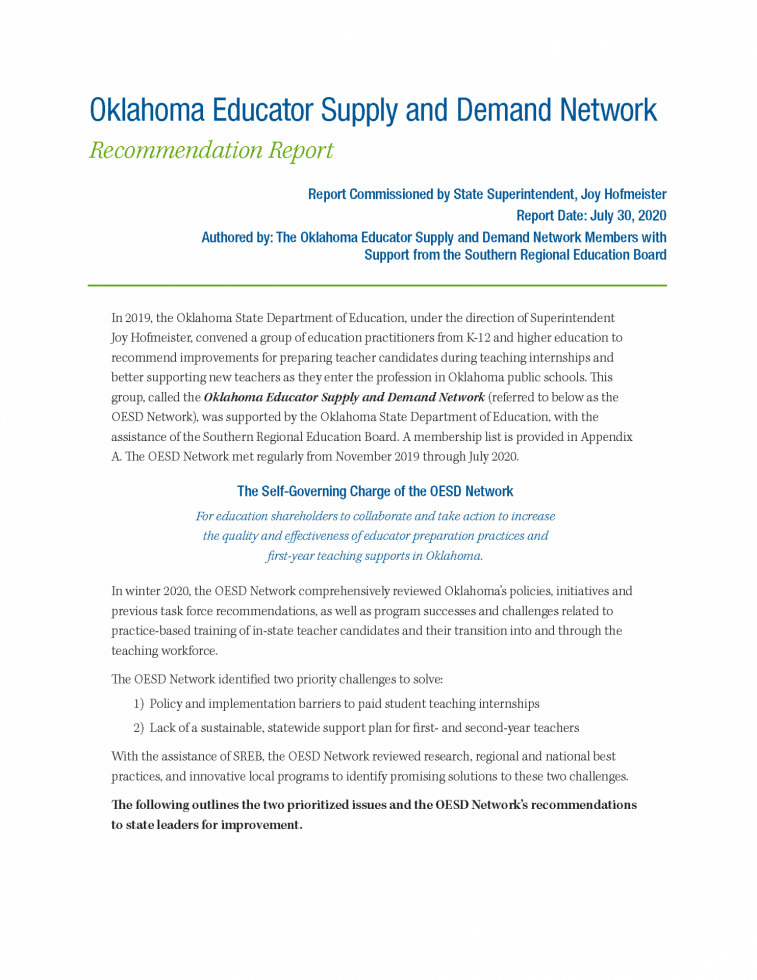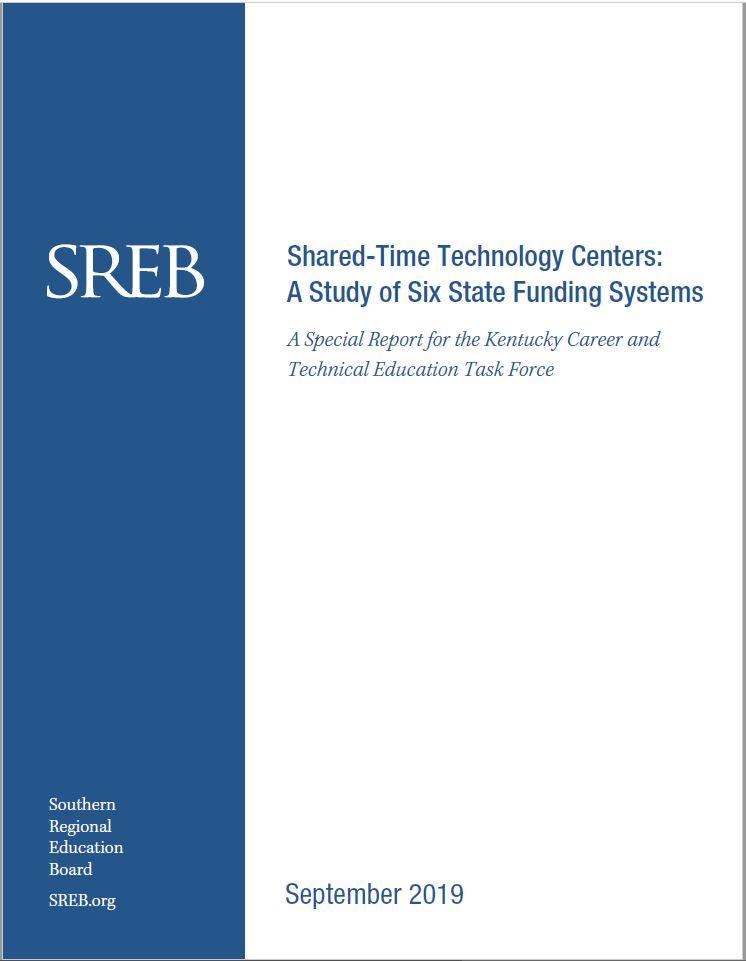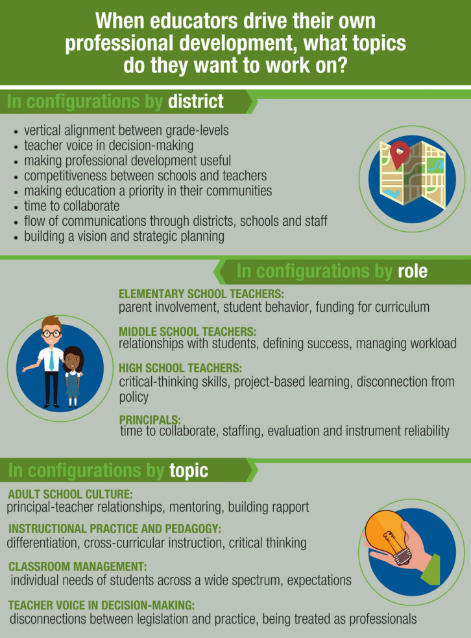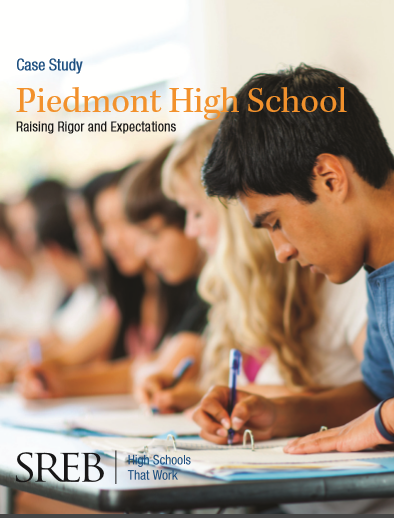State: Oklahoma
Oklahoma
Your Guide to Data and Services for Oklahoma
SREB works with Oklahoma policymakers, colleges and schools to help them improve education. From this page, find independent, accurate data, reliable best practices and ways to share scarce resources.
Oklahoma Members of the Board
Kevin Stitt, Governor of Oklahoma, Oklahoma
City, ex officio (2027)
Chris Brewster, Superintendent, Santa Fe South
Schools, Oklahoma City (2027)
Chad Caldwell, State Representative, Enid
(2026)
Jennifer Monies, Managing Partner,
Growth, Saxum, Oklahoma City (2025)
Adam Pugh, State Senator, Edmond (2024)
(Appointments to the Board are made by the Governor. Terms
expire June 30 of the specified year.)
Oklahoma Members of the Legislative Advisory Council
Rhonda Baker, State Representative, Yukon,
Vice Chair of the Legislative Advisory Council
Chad Caldwell, State Representative, Enid
Adam Pugh, State Senator, Edmond
OKLAHOMA
Faculty Diversity by Rank
These state profiles examine the racial and ethnic makeup of college faculty by rank at various institution types. The data compare Black, Hispanic, and white faculty at two-year and technical colleges, public four-year institutions and private four-year institutions.
Oklahoma: School Improvement Services
The Southern Regional Education Board works with educators and state and district education agency personnel in Oklahoma and nationwide to provide support for continuous school improvement, rigorous curricula and instructional practices, teacher induction, professional development and instructional coaching services, technical assistance and program evaluation.
Find out what services are available for Oklahoma districts and schools in this PDF.
Oklahoma: An Early Path
An Early Path covers data and policies for each SREB state in Pre-K, elementary and middle grades in 2023. The reports also highlight important demographic data. These are SREB’s 11th progress reports to states on educational progress and the final set for the 2020 Challenge to Lead Goals. Each state report provides comparable data so states can see how they relate to one another, the SREB region and the nation.
OKLAHOMA: FINDING A PATH
Finding a Path covers data and policies for each SREB state’s progress in high school, postsecondary and the workforce. Watch for reports on birth to middle grades in 2023. These are SREB’s 10th biennial reports to states on educational progress and the final set for the 2020 Challenge to Lead Goals. They provide comparable data so states can see how they relate to one another, the Southern region and the nation. New this year: sections on the K-12 teacher and postsecondary workforces.
New SREB Partnership Expands Support for Classroom Teachers in Oklahoma
Oklahoma teachers now have more resources and support in elevating students’ skills in English, math and other subjects as they begin high school.
The Oklahoma State Department of Education is partnering with the Southern Regional Education Board to provide teachers with in-depth workshops for the next two years, emphasizing educators in grades 7-10.
Oklahoma Featured Facts
from the SREB Fact Book on Higher Education
Oklahoma-specific data on population, demographic, education attainment, enrollment, graduation rates, workforce, tuition, debt, funding, faculty salaries and more.
Oklahoma
Student and Faculty Diversity
These state profiles compare the demographics of college faculty and the general and college student populations in each SREB state. The data compare the percentage of Black, Hispanic, American Indian or Alaska Native, and white students with the percentage of faculty in those groups at two-year and technical colleges, public four-year institutions and private four-year institutions.
Schools Honored with 2022 Pacesetter Awards
Awards to be presented at the 2022 Making Schools Work Conference
Sixteen schools won 2022 Gene Bottoms Pacesetter School Awards for their efforts to increase quality instruction and raise student achievement.
- Download the press release (PDF)
- Download the press release (PDF)
- Download the press release (PDF)
- Download the press release (PDF)
- Download the press release (PDF)
- Download the press release (PDF)
- Download the press release (PDF)
- Download the press release (PDF)
- Download the press release (PDF)
- Download the press release (PDF)
- Download the press release (PDF)
- Download the press release (PDF)
- Download the press release (PDF)
- Download the press release (PDF)
- Download the press release (PDF)
- Download the press release (PDF)
- Read more
How Some Oklahomans Want to Retain Beginning Teachers
Many states have a critical issue with retaining early-career teachers, no matter their preparation pathway. Oklahoma has one of the more severe teacher shortages, with 57% of new teachers leaving the profession by their fifth year, compared to 44% nationwide.
One of the top reasons early career teachers leave is lack of support. Better early career support would help solve the costly problem of having to prepare and hire a new teacher each time another leaves the profession.
Oklahoma
College Affordability Profile
To help policymakers assess and improve college affordability in their states, SREB provides tailored reports on the policies, programs and prices that drive affordability. Each member-state profile details net price at different types of institutions, state financial aid based on need or other factors, student borrowing, and percentage of family income needed to pay for college at different income levels.
Oklahoma
2020 State Workforce Outlook
Oklahoma Educator Supply and Demand Network
Recommendation Report
Many states are facing challenges building a strong teacher workforce, in particular attracting more individuals to the teaching profession and retaining beginning teachers. This report provides recommendations from the Oklahoma Educator Supply and Demand Network for its two priority issues: policy and implementation barriers to paid student teaching internships and lack of sustainable, statewide support for first- and second-year teachers.
Schools Honored with 2020 Pacesetter Awards
Awards to be presented at the 2021 Making Schools Work Conference
Twenty-three schools won 2020 Gene Bottoms Pacesetter School Awards for their efforts to increase quality instruction and raise student achievement.
- Download Asbury High School
- Download Bethel-Tate Middle School
- Download Choffin Career and Technical Center
- Download Deer Park Junior/Senior High School
- DeKalb County Technology Center
- Download Easley High School
- Download Excelsior Springs Area Career Center
- Download Gordon Cooper Technology Center
- Download Harding Middle School
- Download Hueytown High School
- Download Indian Valley High School
- Download Mahoning County Career & Technical Center
- Download Mid-America Technology Center
- Download Moore High School
- Download Nicholas County Career and Technical Center
- Download Northland Career Center
- Download Penta Career Center
- Download Pickens County Career & Technology Center
- Download Riverside Academy
- Download Springboro High School
- Download Sumter Career and Technology Center
- Download Whale Branch Early College High School
- Download Williamsburg High School
- Read more
Shared-Time Technology Centers
A Study of Six State Funding Systems
Students need learning experiences connected with the world of work to equip them to enter the workforce and secure good jobs. This report provides an overview of funding for career and technical education and a detailed look at CTE funding models in Arkansas, Indiana, Ohio, Oklahoma, South Carolina and West Virginia. Produced by SREB for the Kentucky Career and Technical Education Task Force, it also offers considerations for actions to improve CTE.
Putting TEACHERS Behind the Steering Wheel
Educator Effectiveness Spotlight
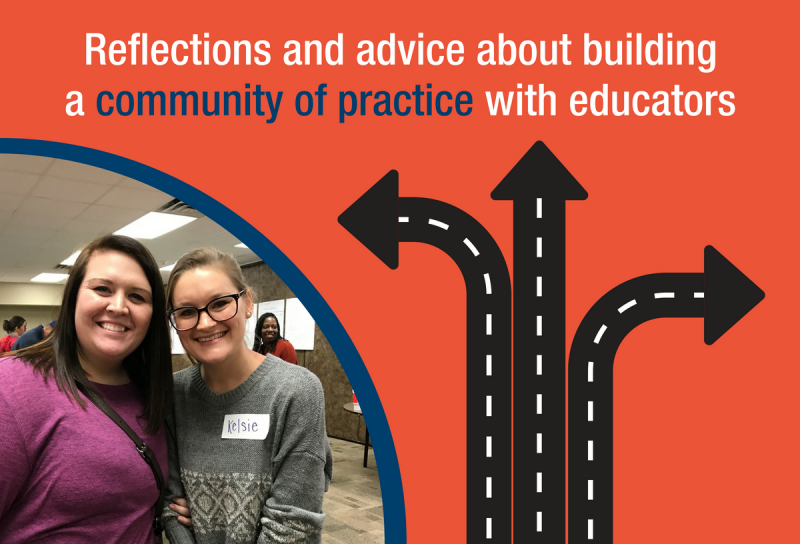 We partnered with leaders and educators from three school districts in Oklahoma to find out what happens when teachers are actually the ones behind the steering wheel. Here’s what we learned about empowering teachers to lead their own professional development.
We partnered with leaders and educators from three school districts in Oklahoma to find out what happens when teachers are actually the ones behind the steering wheel. Here’s what we learned about empowering teachers to lead their own professional development.
Oklahoma’s Promise Program Performance Review
At the request of the Oklahoma State Regents for Higher Education, SREB conducted a review of Oklahoma’s Promise program in late 2017 and early 2018. This report summarizes findings and offers seven recommendations.
Promises Kept in Oklahoma
SREB review of financial aid program
Oklahoma’s Promise is an effective college scholarship program that meets its goals and helps the Oklahoma State Regents for Higher Education increase education attainment in the state, according to a report from the Southern Regional Education Board. The report cited Oklahoma’s Promise as “an example of how a state can invest valuable resources in its students and see a strong return on that investment.”
Case Study: Piedmont High School
Raising Rigor and Expectations
Piedmont High School is a high-achieving school with a 2015 graduation rate of 99 percent. This case study details how the school used the High Schools That Work design to put in place the building blocks to foster a culture of continuous improvement to ensure every student has the opportunity to succeed.


